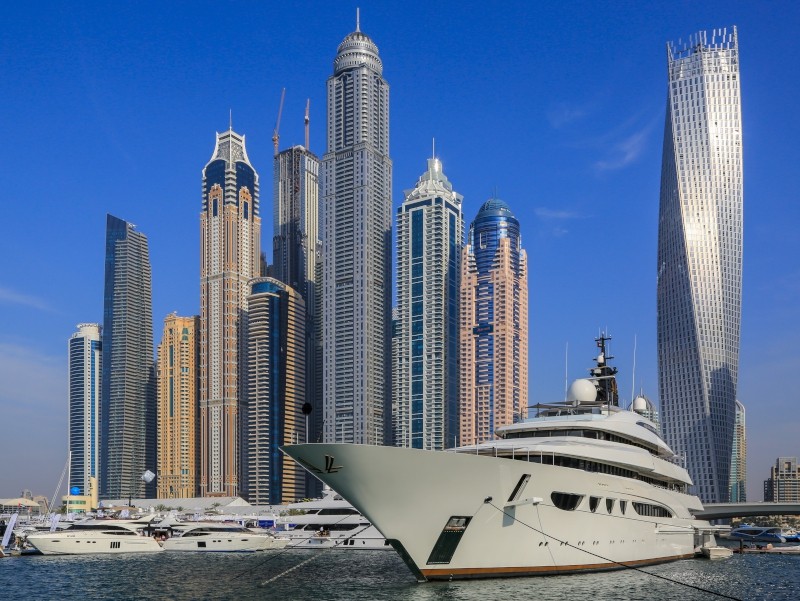Tier III

IMO stands for International Maritime Organisation. IMO Tier III emission standards are an international set of standards designed to improve air quality and protect public health by controlling emissions from ships.
Tier III emission standards are the latest emission standards set by IMO to reduce nitrogen oxide (NOx) emissions. These regulations were adopted as part of the IMO Convention for the Prevention of Pollution from Ships and are already in place.
The role of IMO and Tier III requirements in shipping
Tier III requirements are set out in guidelines issued by the International Maritime Organisation (IMO). IMO is an agency of the United Nations and sets global standards for the security, safety and environmental performance of international shipping.
It does not have legislative powers, so the guidelines it issues are not official legislation.
Nevertheless, IMO regulations are regarded as the international standard and adopted in principle throughout the world as the standard with which ships must comply.
What is the difference between Tier II and Tier III standards?
Each Tier limits NOx emissions to a specific value based on the engine’s rated speed.
– Tier II nitrogen oxide (NOx) limits range from 14.4 to 7.7 g / kWh.
Tier III nitrogen oxide (NOx) limits range from 3.4 to 2 g / kW.
These global standards are set out in the International Convention for the Prevention of Pollution from Ships.
EU Stage V emission standards
In addition to the IMO Tier III regulations for ocean-going vessels, there are also European emission standards for inland waterway vessels. These are the EU Stage V non-road emission standards.
EU Stage V emissions legislation sets strict NOx and soot emission limits. These emission standards and the IMO Tier III emission standards are two separate sets of regulations.
How can diesel engines be brought into compliance with IMO Tier III?
Ships emit large quantities of nitrogen oxide and volatile organic compounds. To comply with the stricter Tier III requirements, it is necessary to reduce NOx emissions.
For a diesel engine to comply with IMO Tier III, nitrogen oxide (NOx) emissions have to be reduced by about 70%.
This usually requires the installation of a selective catalytic reduction (SCR) system. An SCR system reduces NOx emissions by converting the harmful gases into inert nitrogen and water vapour.
A modern SCR system ensures that ships and boats comply with Tier III emission standards by reducing NOx emissions to about 2 to 3,4 grams per kWh.
This is where we come in.
Emigreen® specialises in equipping four-stroke engines with a rated speed greater than 600 rpm with a modern SCR system capable of meeting current requirements.
We can also equip Tier II engines with an external catalytic converter, such as the Emigreen® MINOx SCR system, which reduces levels of NOx emitted by marine diesel engines to well below IMO Tier III limits.
Resources:
- International Convention for the Prevention of Pollution from Ships
- Emissions Modelling: Tier III Motor Vehicle Emission and Fuel Standards (PDF)
- EU Stage V (PDF)
Meer informatie via: https://www.emigreen.eu/imo-tier-iii/

